Discover the inspiring story behind the Marine Mammal Stranding Center, a local nonprofit that has rescued and rehabilitated over 6,200 marine animals in New Jersey since 1978. From dolphins and seals to whales and sea turtles, this dedicated team works tirelessly to protect our ocean’s wildlife.
For over 46 years, the Marine Mammal Stranding Center (MMSC) has kept true to its mission — Rescue, Rehabilitate, Release, and Educate. Let’s start with impressive rescue statistics: 1,567 dolphins, 130 whales, 2,001 seals, and 2,288 sea turtles — all in all, 6,210 animals. Amazing, right? And, these are only some of the wildlife rescued by MMSC since opening their doors in 1978. In the early years, the Center worked with an average of 20 animals annually. Today, MMSC handles about 180 animals annually.
Located in Brigantine, New Jersey since the early 1980s, the Marine Mammal Stranding Center is the only federally authorized rescue, rehabilitation, and release facility for marine mammals and the authorized first responders for sea turtle stranding and disentanglements in New Jersey.
In addition, the MMSC offers educational and training opportunities for students interested in a career in marine biology. For the more casual observer, the MMSC invites visitors to check out their Sea Life Museum including a live camera feed to view the rescued animals. In addition, MMSC sponsors various fundraising events throughout the year including 5K runs and whale watching dinners.
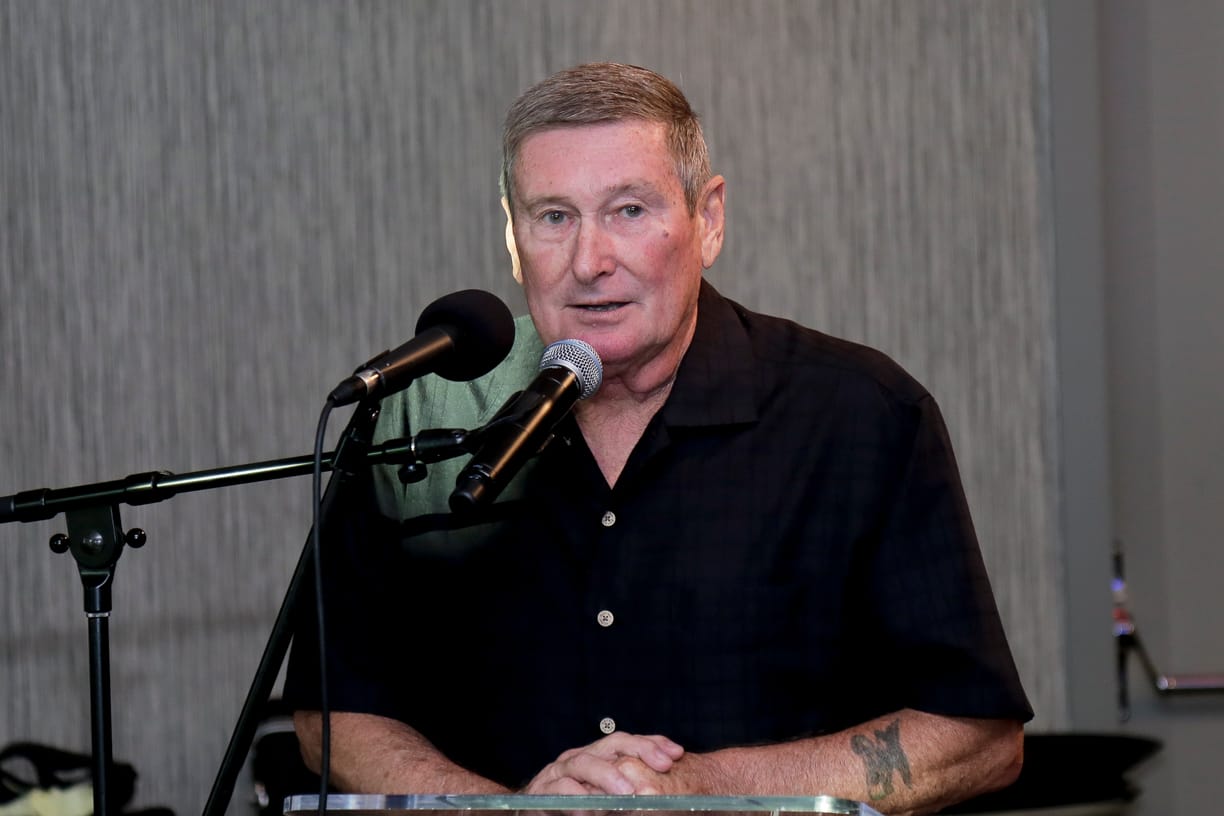
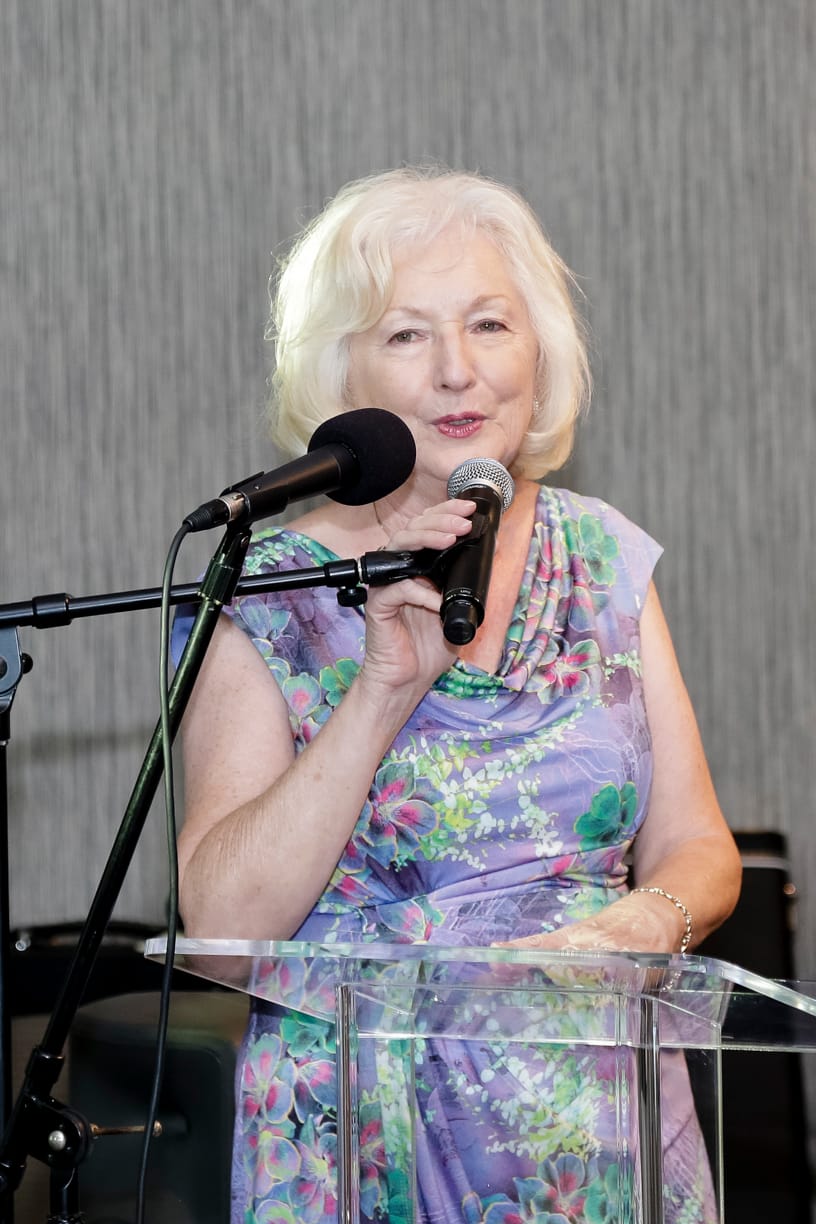
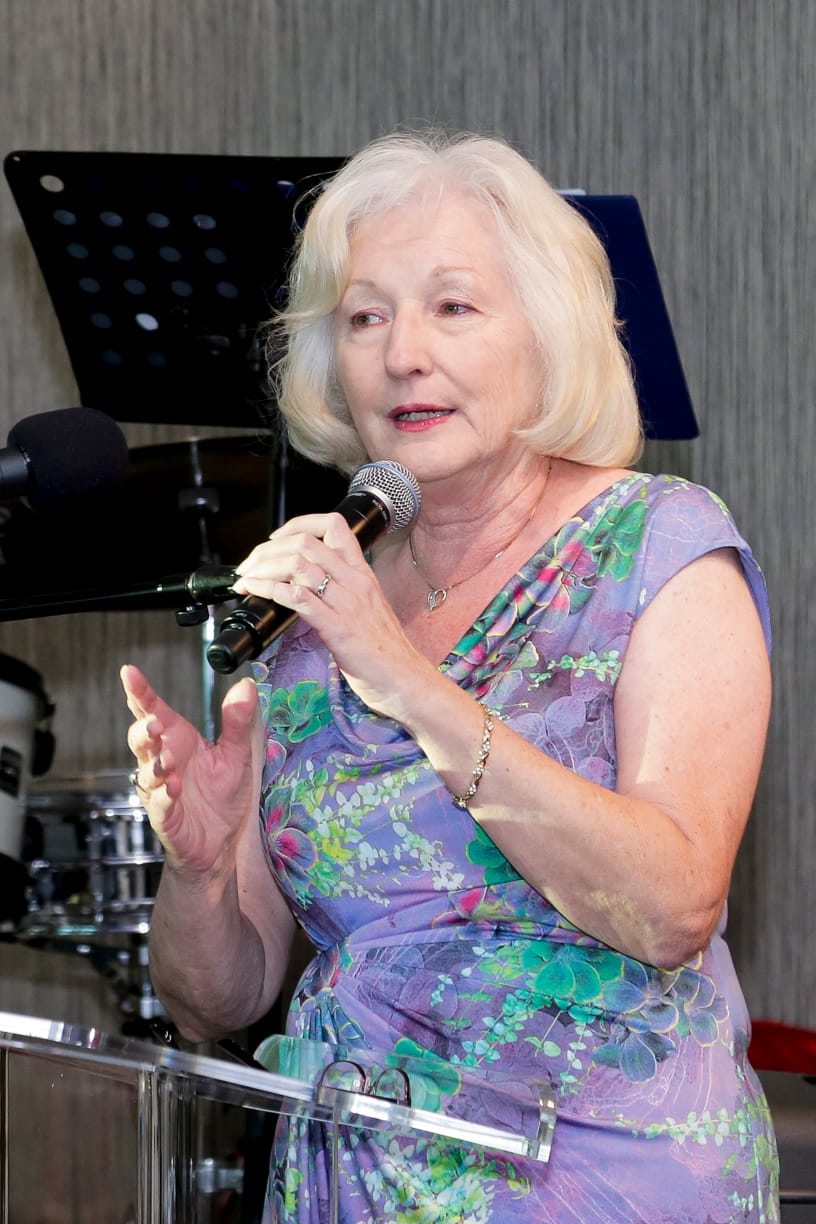

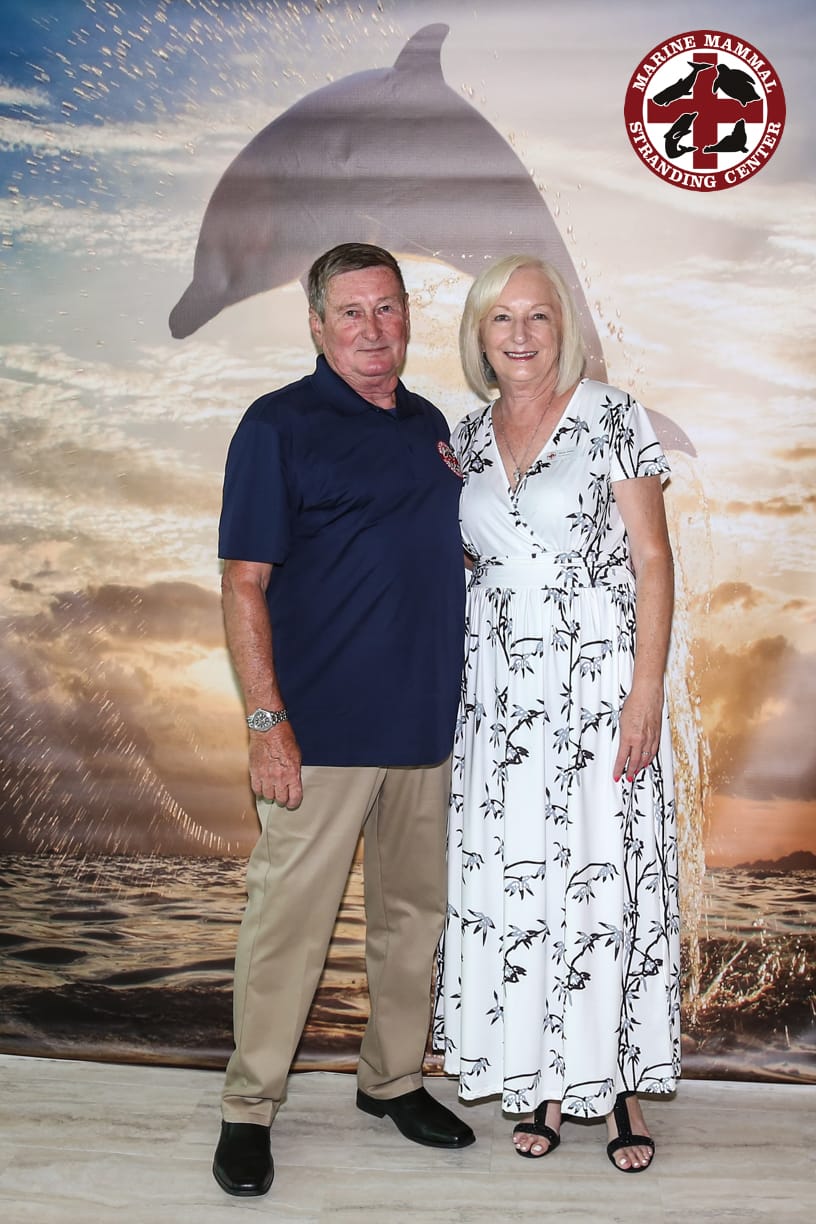
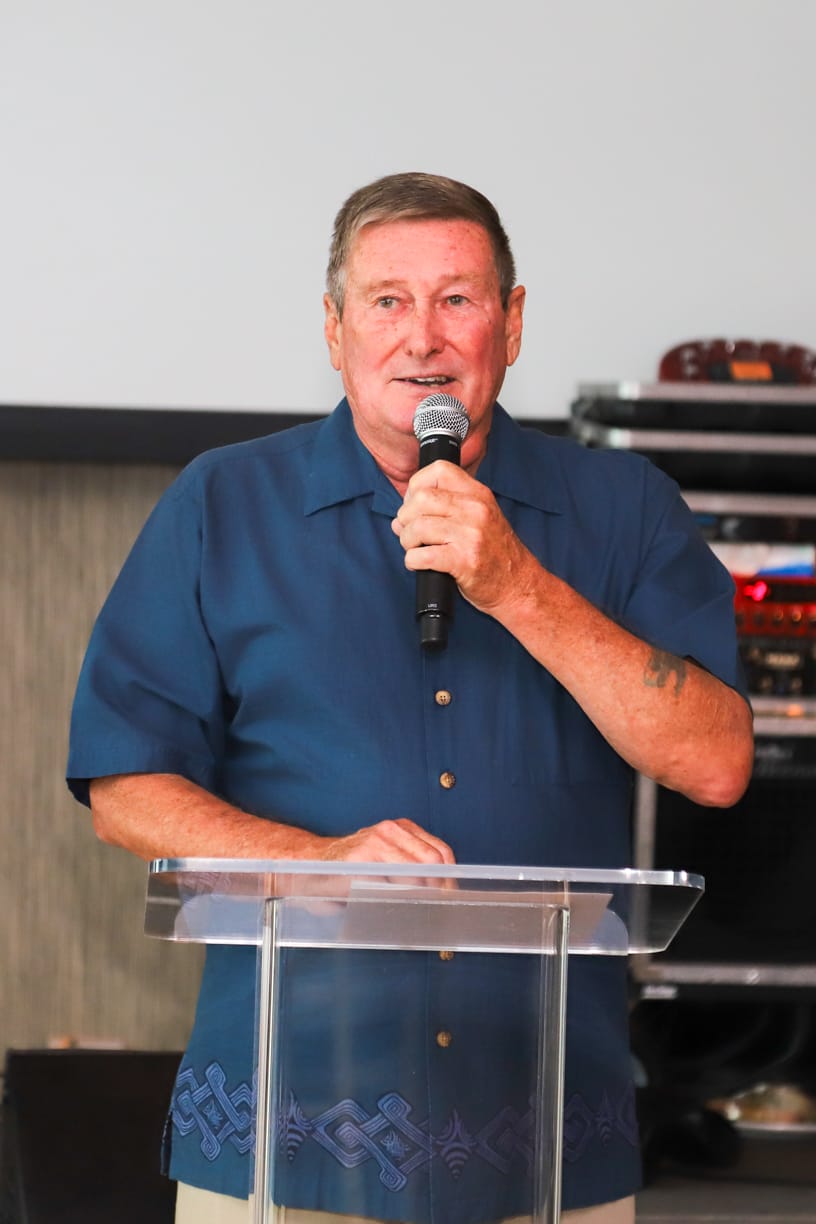
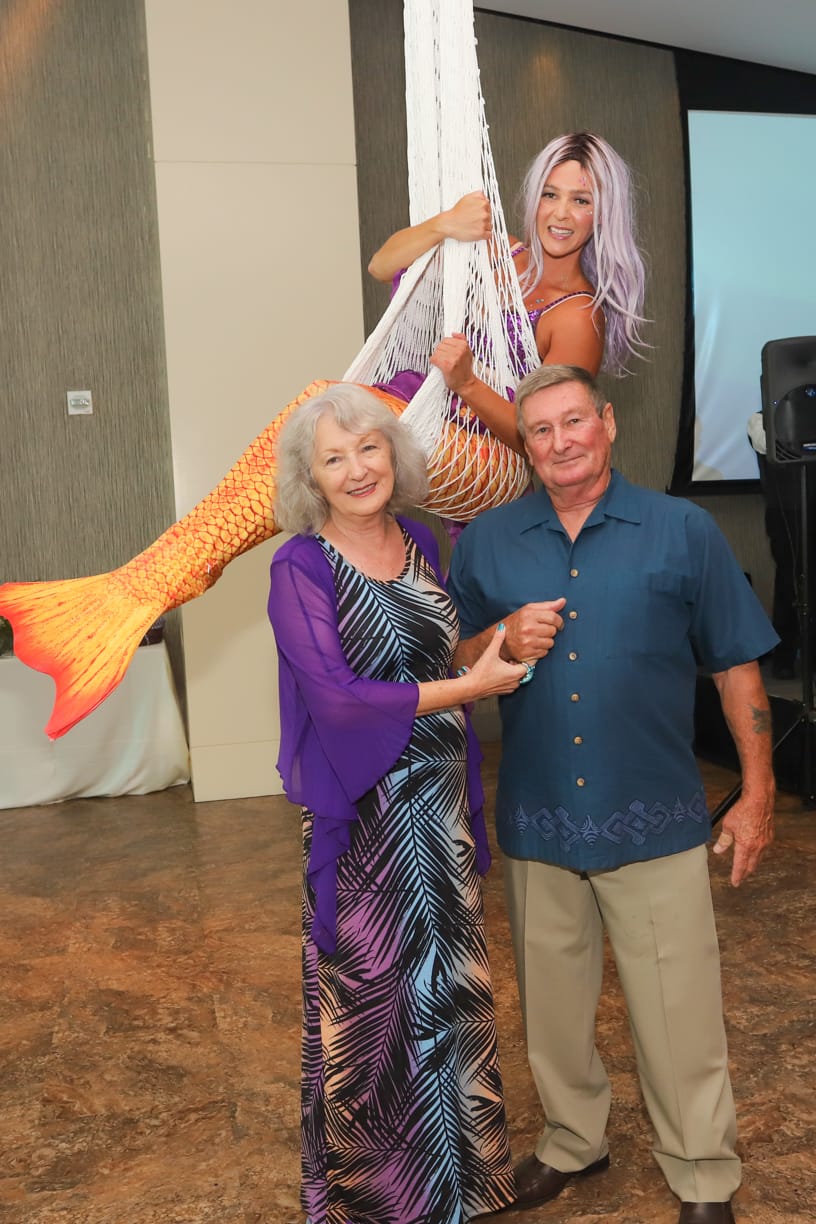
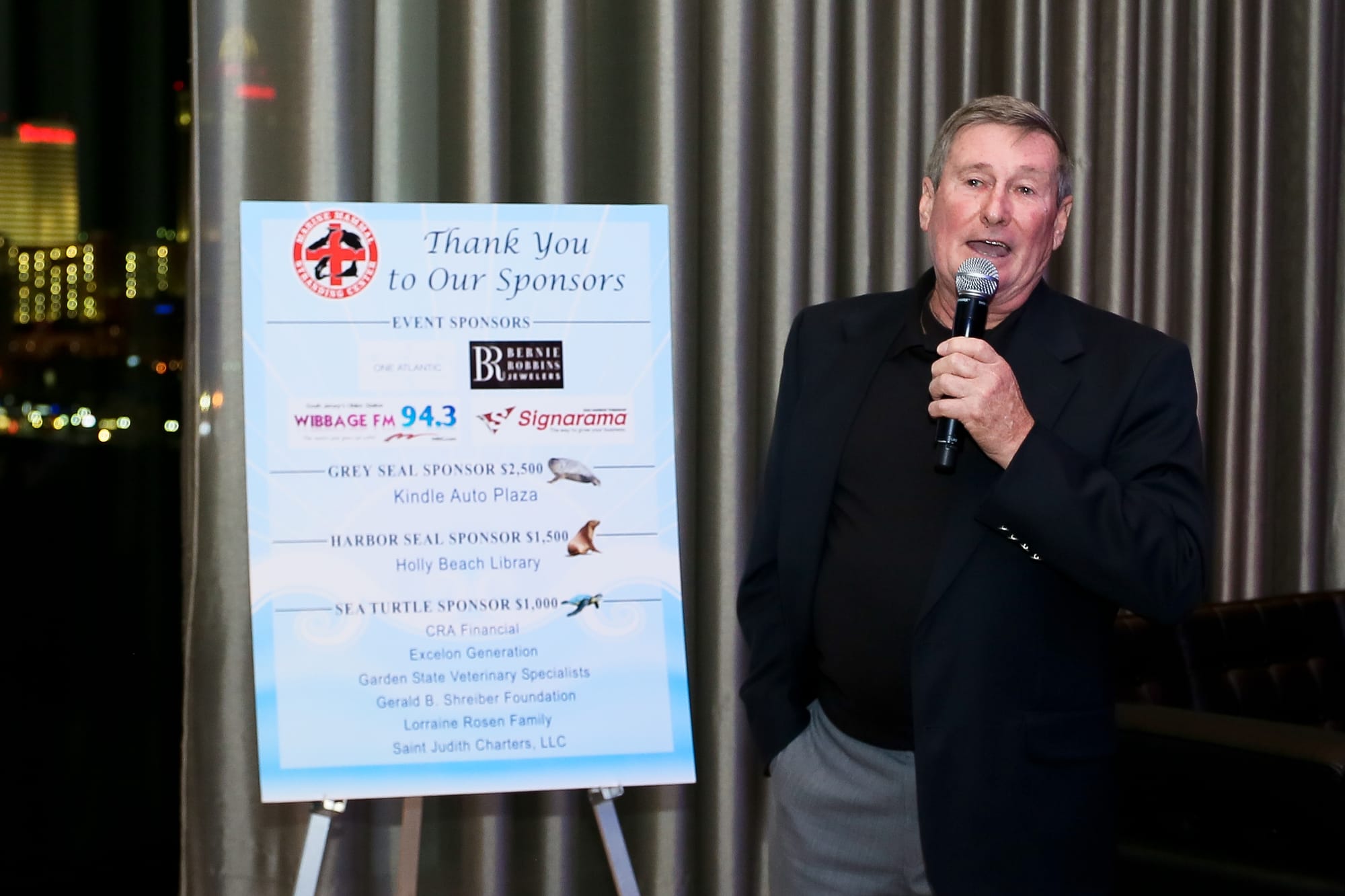
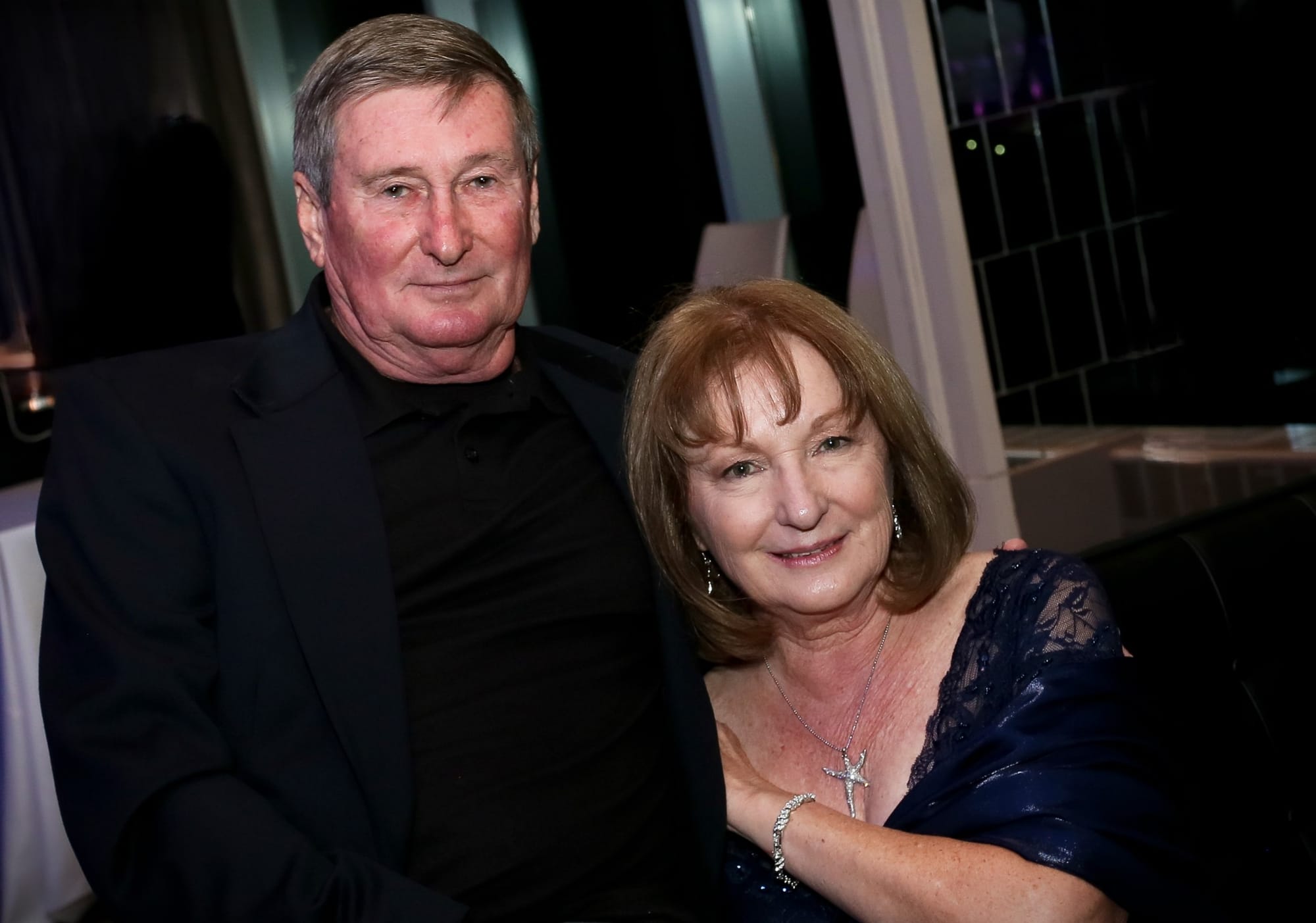
In the Beginning
In 1976, Bob Schoelkopf was manager of the Ocean Life Aquarium on Steel Pier. When an injured pygmy sperm whale washed up on the beach in front of Convention Hall, Schoelkopf was the first person called. With the help of veterinarians and first responders, including Coast Guard personnel and equipment, the injured whale was floated to the local Coast Guard base.
Unfortunately, the whale did not survive. However, the need for an official responder team was established. With Schoelkopf at the helm, the Marine Mammal Stranding Center was founded in 1978, continuously growing to help with the rescue and rehabilitation of injured marine mammals for decades. He was director of the Center until retiring in January of 2023. After 45 years, Schoelkopf passed the torch to the next generation of rescuers and rehabbers. Currently, Sheila Dean, Schoelkopf’s wife and fellow marine mammal rescuer, has taken over the reins as Director of MMSC.
Dr. Ginny Pierce, veterinarian, and former MMSC board member, sums up Schoelkopf’s impact on the center, “Bob’s tireless efforts to protect, defend, treat, release and learn from every animal he encountered helped set national standards for working with these animals, impacting the general public’s understanding, appreciation and respect for marine animals. That’s a wonderful legacy.”
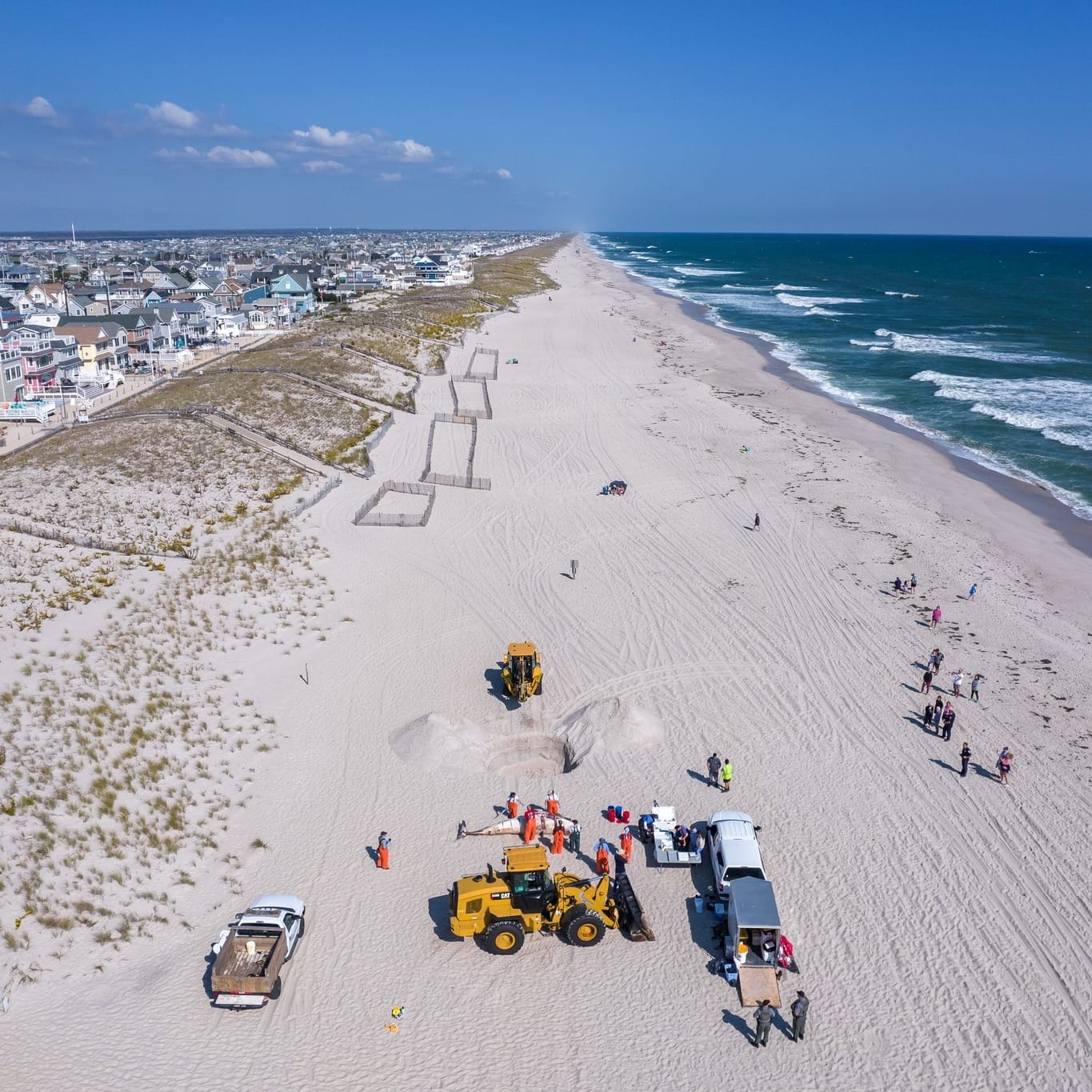
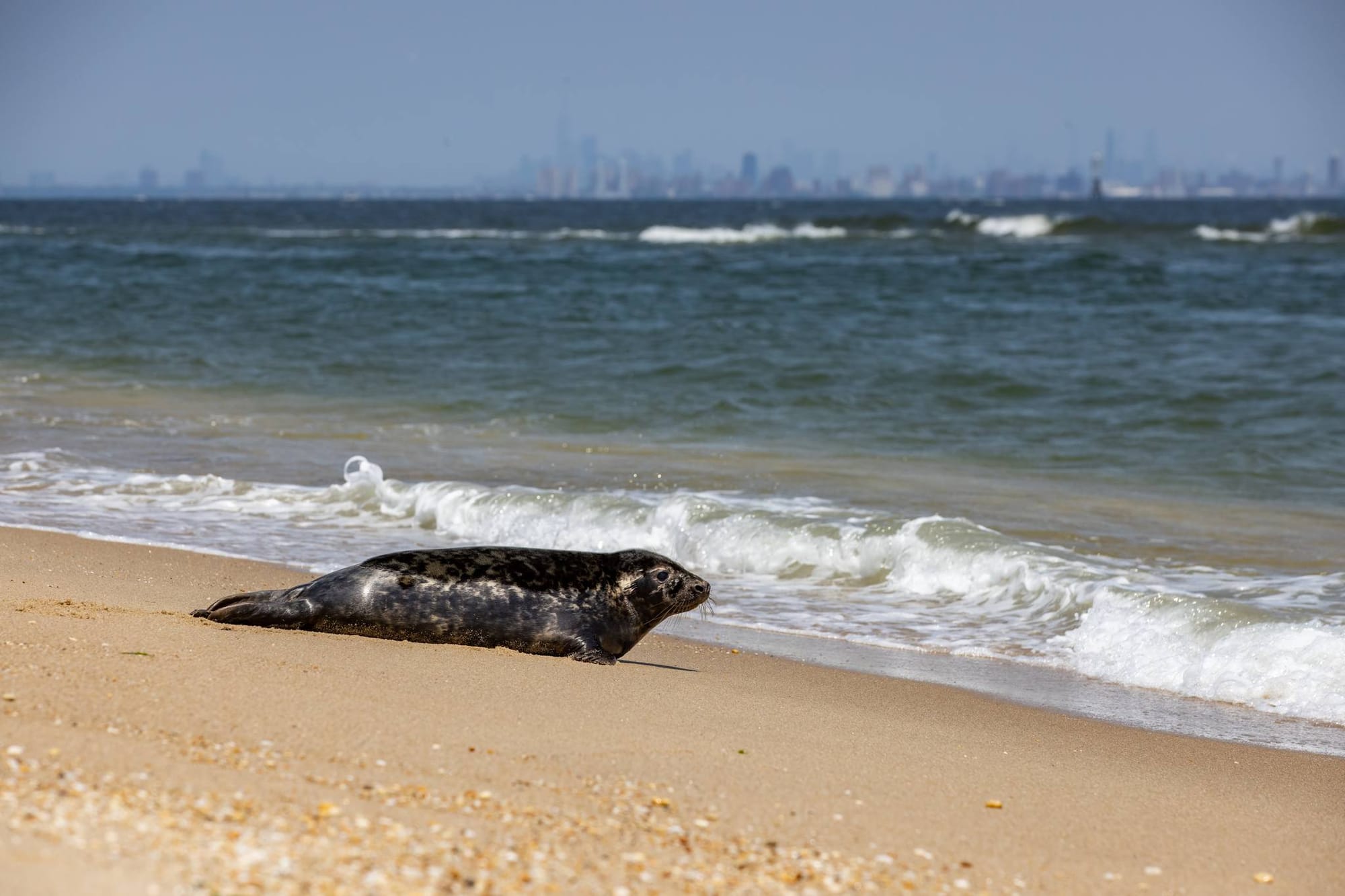
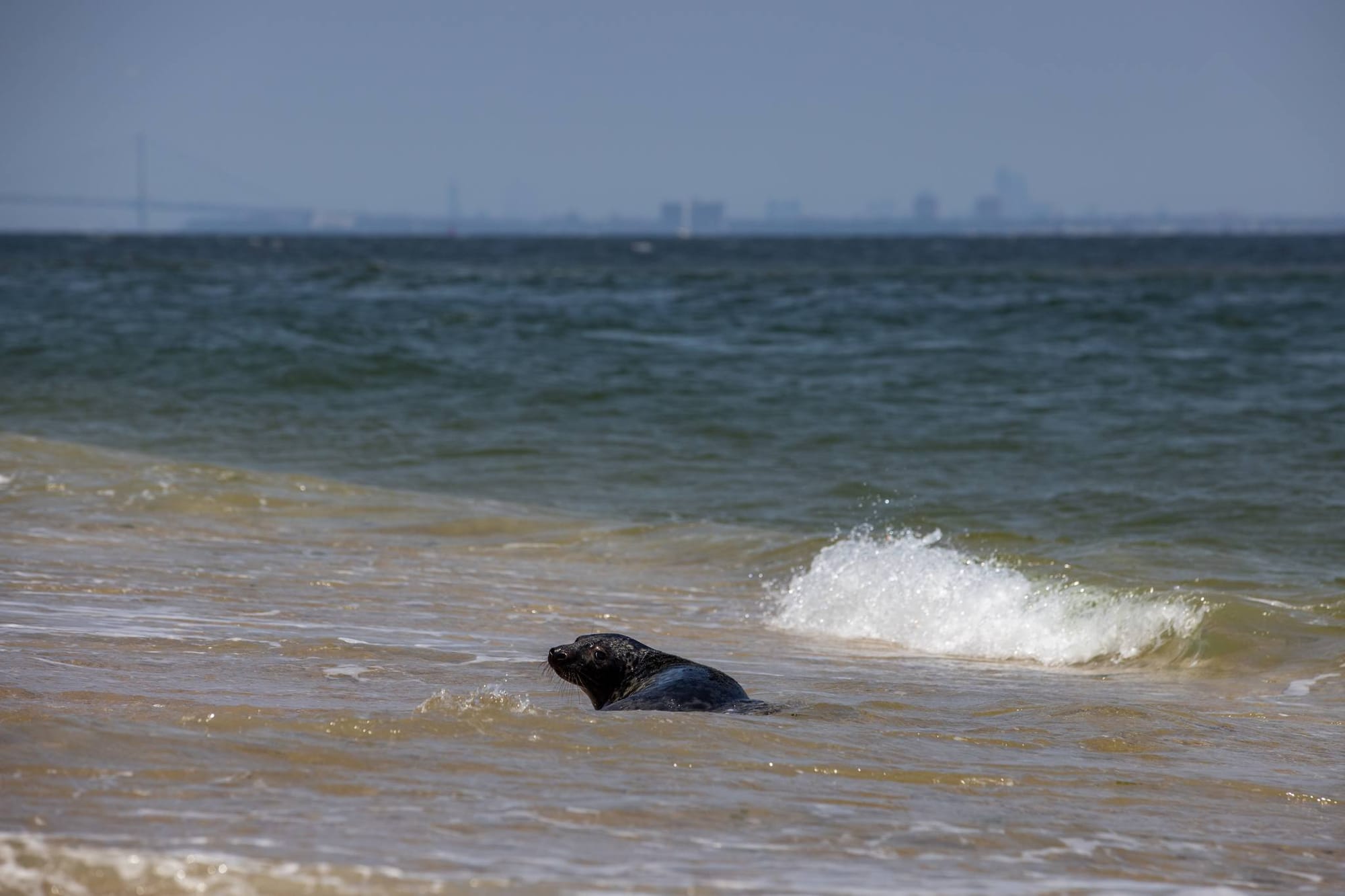
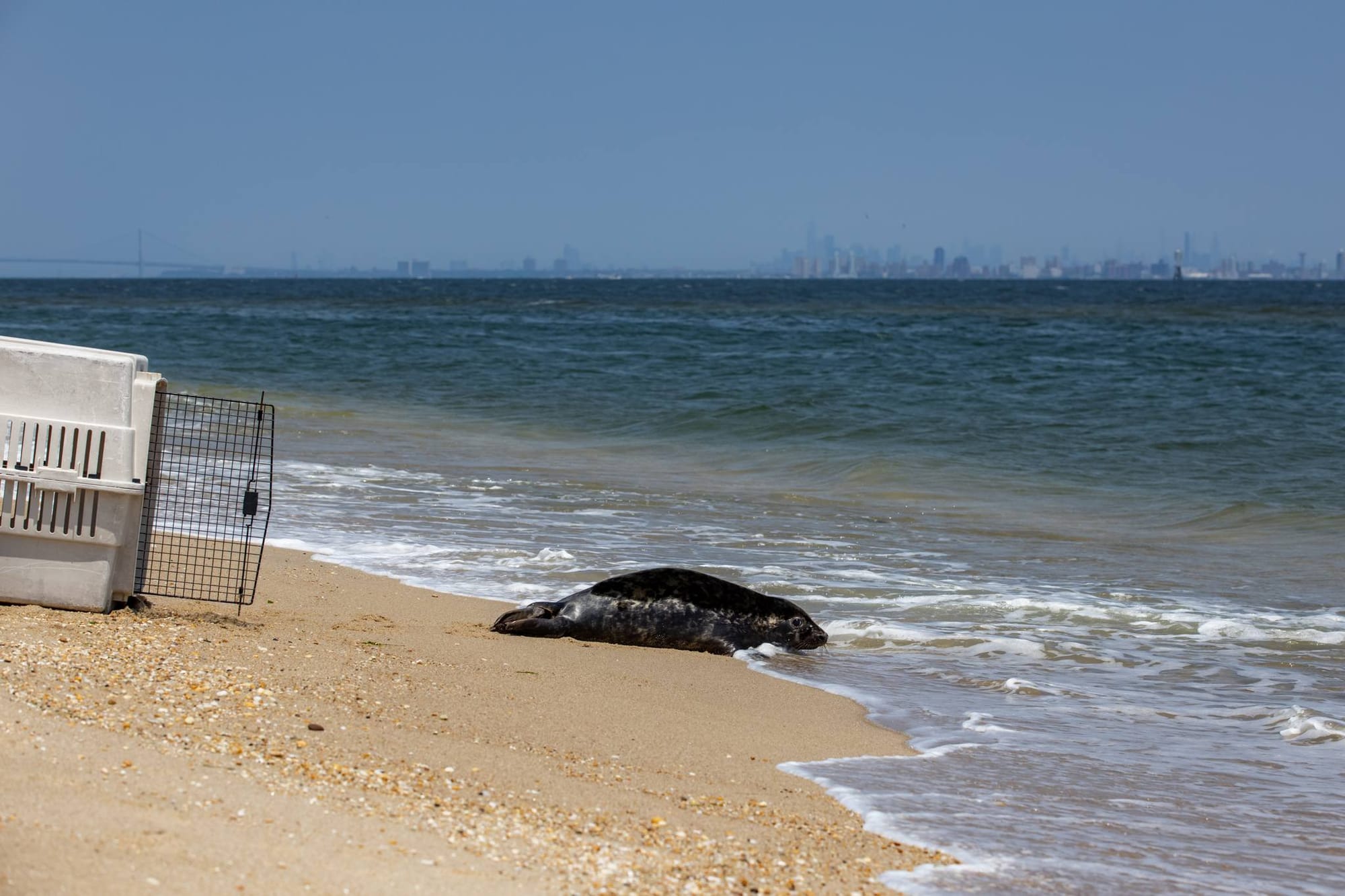
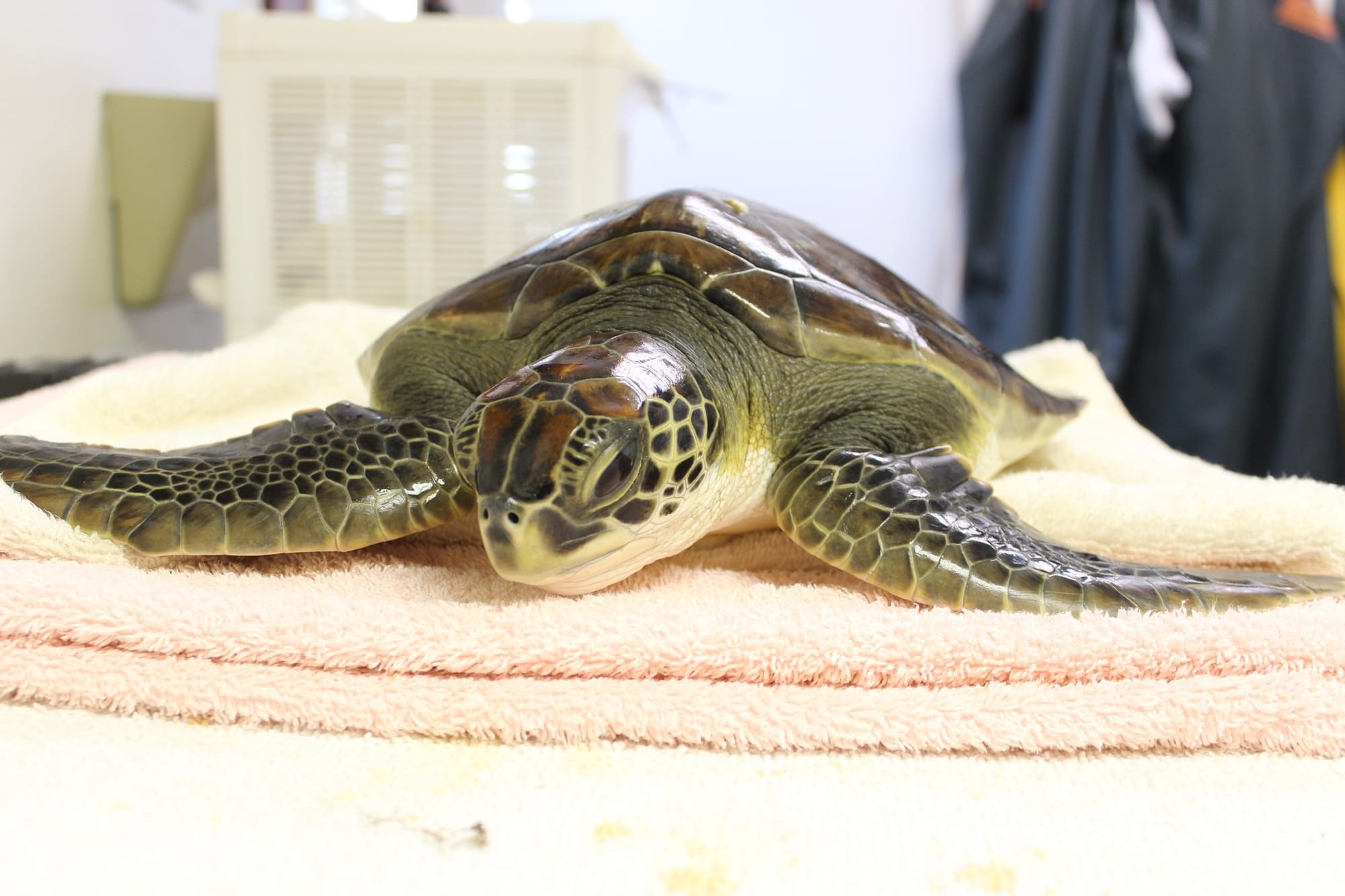

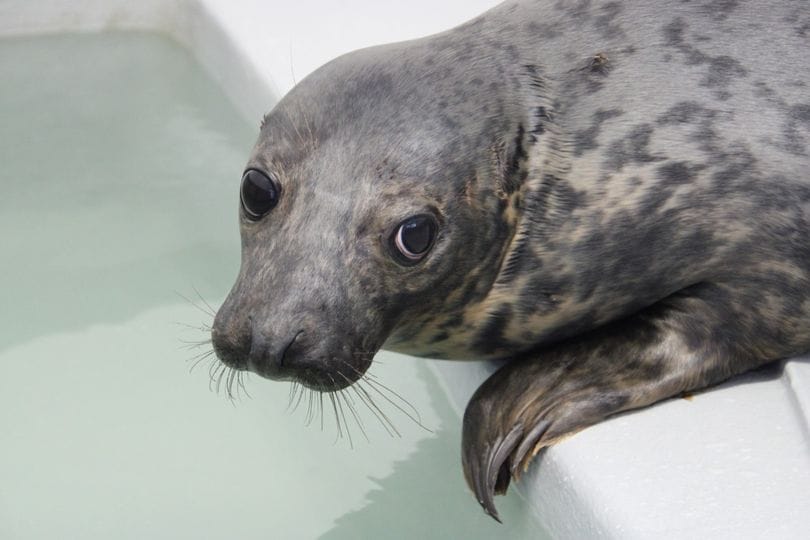
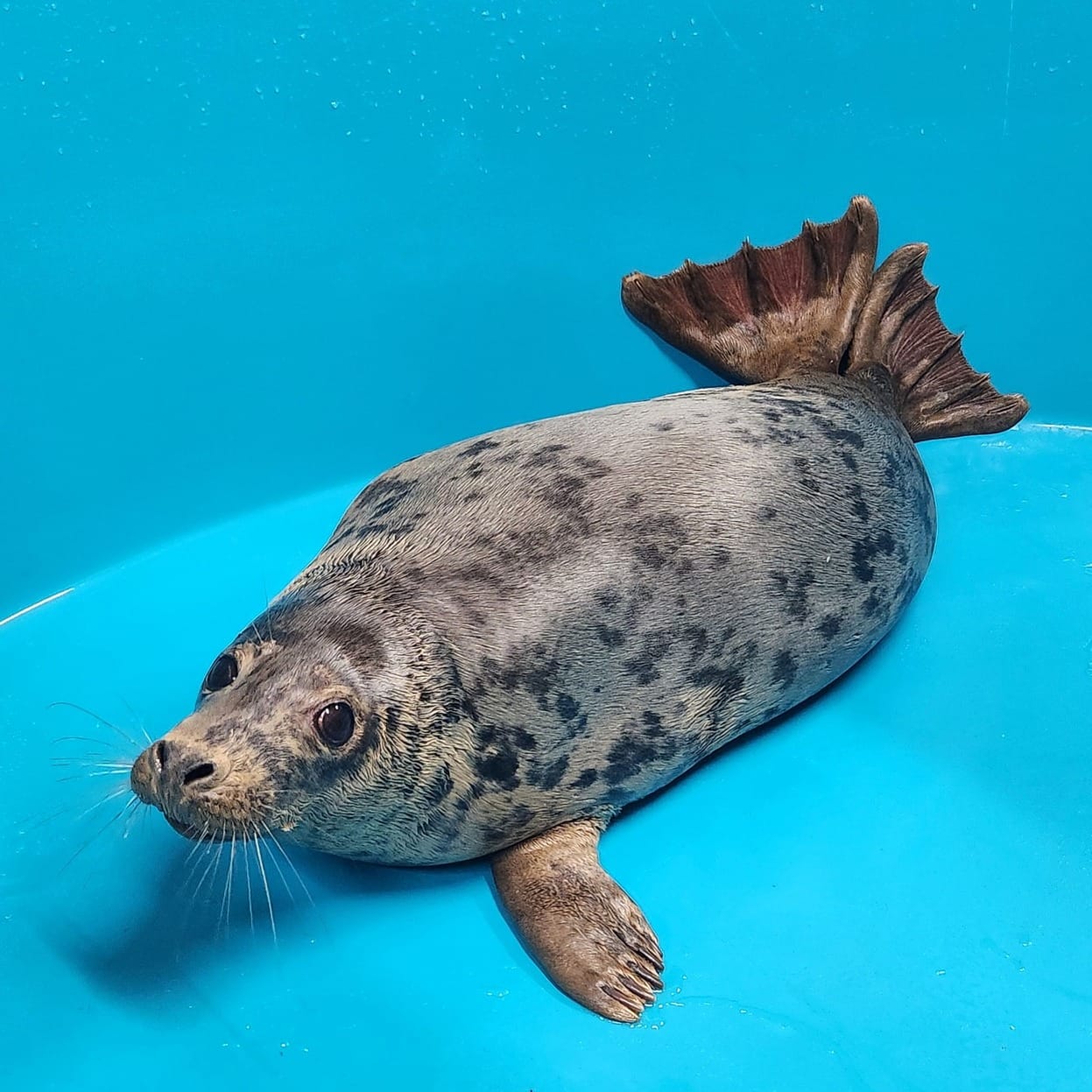
At the Center
According to Dean, the MMSC continues to be a “pioneer” in the marine mammal rescue world. For example, they have a specialized ambulance truck outfitted and used exclusively for dolphins and small whales. The truck features a tailgate lift that can hold up to 2,000 pounds.
The Center has three separate buildings for rehabbing seals that help keep diseases in check by isolating the animals from each other. In addition, there is an ICU area for initial intake and evaluation, a food preparation kitchen, a 30x15x4 foot in-ground pool, and four mid-sized tanks with haul-out areas for seals.
It Takes a Village (or a Pod)
There are three full-time staff that work exclusively with the animals as well as full-time and part-time staff who work administrative duties and help with the operation of the museum that is open to the public. In addition, MMSC staff members help create and implement fund-raising events like the annual Run for the Animals 5K Run (or 1 Mile Walk and 1 Mile Dog Walk).
As is the case with many non-profit organizations, volunteers make essential partners to the cause. At the MMSC, volunteers work with stranding staff to evaluate stranded animals and help with rehabilitation. Other volunteers help to educate the public about the MMSC by attending fairs and festivals, assisting staff with fund-raising events, and acting as docents at the onsite museum.
How You Can Help
To date, 28 seals have been rescued, rehabilitated, and released this year. That translates into countless hours of time and money. For example, saving and feeding the 28 seals required 1,905 seal vitamins, 14,916 fish, 62 bottles of Pedialyte, and 4,000 pounds of laundry.
In order for the MMSC to carry out their life-saving work, staff and the animals rely on donations from the public. MMSC offers various ways to help including one-time or recurring donations, annual memberships, and symbolic animal adoptions. To learn more about donating your time and money to the MMSC, visit their website: Marine Mammal Stranding Center (mmsc.org).









